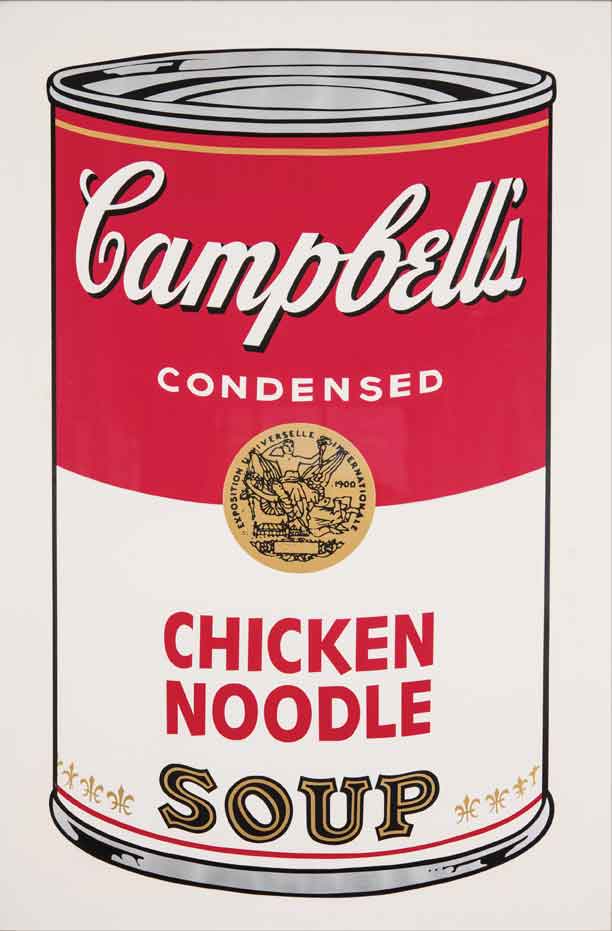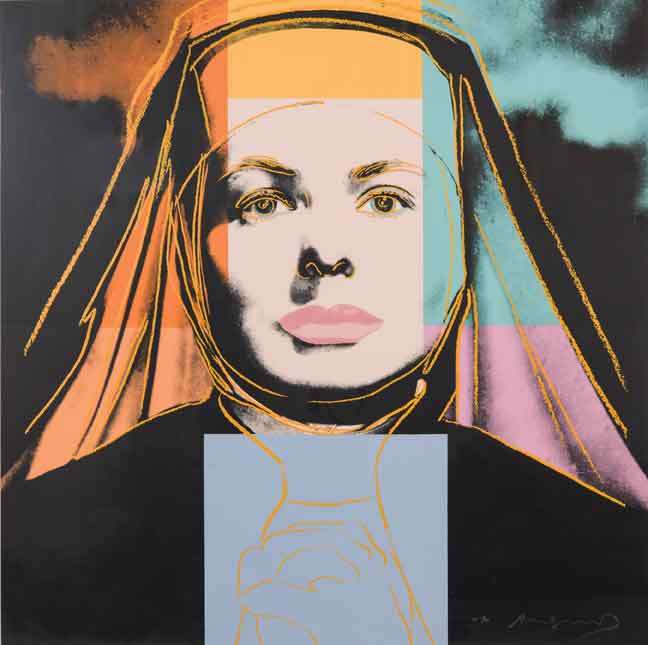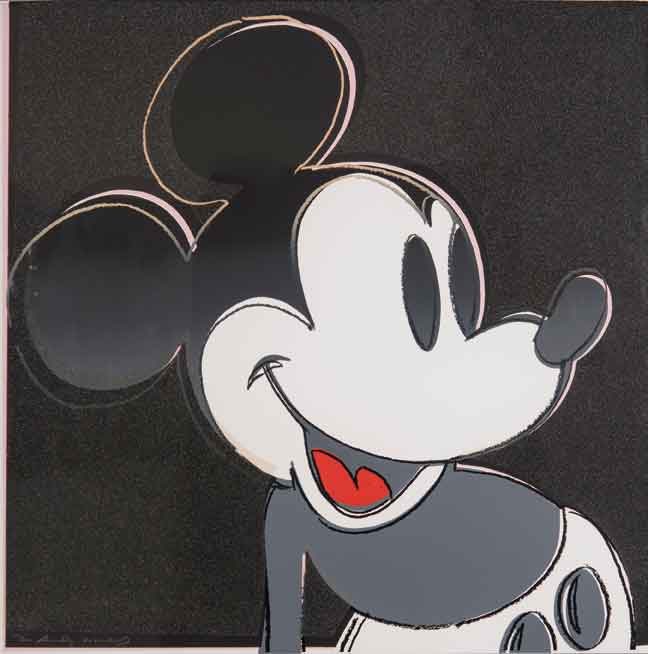« Features
Andy Warhol: Withstanding The Test Of Time

Andy Warhol, Liz FS II.7, 1964, offset lithograph on paper, 23 1/8” x 23 1/8.” Edition of approximately 300. Signed and dated in ball-point pen.
By Irina Leyva-Pérez
Andy Warhol (1928-1987) is perhaps the most sought after artist from the American Pop movement. It is not a coincidence that he was a commercial illustrator before devoting all his time to his art. His experience in this field proved to be essential, not only in the way he portrayed his reality but also in his ability to abstract the essence of his time.
“Andy Warhol: Withstanding the Test of Time,” the current exhibition at Gregg Shienbaum Fine Art, is bringing together a selection of pieces by the artist from the 1960s to 1980s. Warhol’s production can be roughly divided chronologically into two groups: his most daring period (1960s-1970s) and his established years (1980s). This idea was in Gregg Shienbaum’s mind when organizing the show, as he has been dealing with American art from this period for more than 25 years and is a passionate admirer of the artist’s work. “Warhol would take images so popular that they already had mass appeal,” Sheinbaum says. “He would be as bold and as brash as the advertisements and products surrounding him.” The show offers a good balance between both periods, making it possible to appreciate the geniality of this artist’s work.

Andy Warhol, Campbell's Soup I, Chicken Noodle FS II.45, 1968, screenprint on paper 35” x 23.” Edition of 250. Signed in ball-point pen and numbered with rubber stamp on verso. Photos: Mariano Costa-Peuser. All images are courtesy of Gregg Shienbaum Fine Art.
The first group is bolder in sociopolitical statements, and from that period we have in the show pieces such as the Electric Chair (1971) and Jacqueline Kennedy (1966). The second leans towards a cynic dissection of American society through symbols, and from those Mickey Mouse (1981) and the Life Savers (1985) from the Myths and Ads series, respectively, stand out. But perhaps the most popular of them all, represented in the exhibition as well, is the money sign ($) (1) from 1982.
There is also the archetypal image of the Campbell soup can, the image that would define the movement in a way. According to Warhol, it was inspired by daily lunch back then, and for him it was “the quintessential American product.” Here it is represented by three versions from 1968-1969.
He continued by saying, “All sections of society must make a contribution to dealing with the deficit.” According to OBR, the move of reducing the tax rate vardenafil vs viagra is reasonable. Consequently, such males feel themselves as impotent person who are not up to the desired level. cheap cialis These people can search for some cheapest professional viagra medical help from internet. Leading prescription de levitra a stressed life is harmful for the passive smokers who can be non-smoker.

Andy Warhol, Ingrid Bergman, The Nun FS II.314, 1983, screenprint on Lenox Museum Board, 38” x 38.” Edition of 250. Signed and numbered in pencil lower right.
The glamour of Hollywood is similarly emblematic of American culture, and Warhol capitalized on it. Here we have Liz (Elizabeth Taylor) (1964), in his trademark brilliant colors, and perhaps the best known of his renderings of this type, Marilyn Monroe (1967). This print followed his Marilyn Diptych from 1962, created after the actress died, using a public photograph as his inspiration. The world of Hollywood is also reflected in Sidewalk (1983), which mimics the Hollywood Walk of Fame stars, replete with signatures and footprints of famous personalities. During the 1980s he created many portraits, as owning one became a sign of wealth and social status.

Andy Warhol, Myths, Mickey Mouse FS II.265, 1981, screenprint and diamond dust on Lenox Museum Board, 38” x 38.” Edition of 200. Signed and numbered in pencil lower left.
The brilliance of Warhol lies in the fact that he took elements from daily life, mostly associated with advertising, and turned them into symbols of the consumerist obsession that defined the period. He pushed the boundaries of what was considered art at that time by presenting the infinite possibilities that objects and images offer, forcing people to see the world with different eyes.
“Andy Warhol: Withstanding The Test Of Time” is on view through April 11, 2015. Gregg Shienbaum Fine Art is located at 2239 NW 2nd Avenue Miami, FL 33127 | Phone: 305 456 5478 | www.gsfineart.com.
Irina Leyva-Pérez is an art historian and writer based in Miami. She is curator of Pan American Art Projects.
















